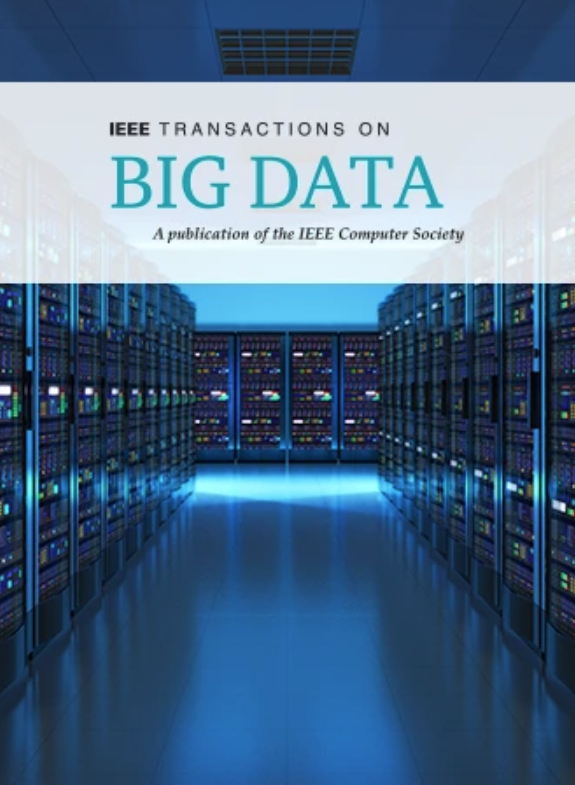DGNN: Decoupled Graph Neural Networks With Structural Consistency Between Attribute and Graph Embedding Representations
IF 5.7
3区 计算机科学
Q1 COMPUTER SCIENCE, INFORMATION SYSTEMS
引用次数: 0
Abstract
Graph neural networks (GNNs) exhibit a robust capability for representation learning on graphs with complex structures, demonstrating superior performance across various applications. Most existing GNNs utilize graph convolution operations that integrate both attribute and structural information through coupled way. And these GNNs, from an optimization perspective, seek to learn a consensus and compromised embedding representation that balances attribute and graph information, selectively exploring and retaining valid information in essence. To obtain a more comprehensive embedding representation, a novel GNN framework, dubbed Decoupled Graph Neural Networks (DGNN), is introduced. DGNN separately explores distinctive embedding representations from the attribute and graph spaces by decoupled terms. Considering that the semantic graph, derived from attribute feature space, contains different node connection information and provides enhancement for the topological graph, both topological and semantic graphs are integrated by DGNN for powerful embedding representation learning. Further, structural consistency between the attribute embedding and the graph embedding is promoted to effectively eliminate redundant information and establish soft connection. This process involves facilitating factor sharing for adjacency matrices reconstruction, which aims at exploring consensus and high-level correlations. Finally, a more powerful and comprehensive representation is achieved through the concatenation of these embeddings. Experimental results conducted on several graph benchmark datasets demonstrate its superiority in node classification tasks.在属性和图嵌入表示之间具有结构一致性的解耦图神经网络
图神经网络(gnn)在复杂结构图的表示学习方面表现出强大的能力,在各种应用中表现出卓越的性能。现有的gnn大多利用图卷积运算,通过耦合的方式整合属性信息和结构信息。从优化的角度来看,这些gnn寻求学习一种共识和折衷的嵌入表示,以平衡属性和图信息,有选择地探索和保留有效信息。为了获得更全面的嵌入表示,引入了一种新的GNN框架,称为解耦图神经网络(DGNN)。DGNN通过解耦项分别从属性空间和图空间探索不同的嵌入表示。考虑到从属性特征空间衍生而来的语义图包含不同的节点连接信息,并对拓扑图进行了增强,DGNN将拓扑图和语义图集成在一起,实现了强大的嵌入表示学习。进一步,提高属性嵌入与图嵌入的结构一致性,有效消除冗余信息,建立软连接。这个过程包括促进邻接矩阵重建的因素共享,旨在探索共识和高水平的相关性。最后,通过这些嵌入的连接实现更强大、更全面的表示。在多个图基准数据集上的实验结果证明了该方法在节点分类任务中的优越性。
本文章由计算机程序翻译,如有差异,请以英文原文为准。
求助全文
约1分钟内获得全文
求助全文
来源期刊

IEEE Transactions on Big Data
Multiple-
CiteScore
11.80
自引率
2.80%
发文量
114
期刊介绍:
The IEEE Transactions on Big Data publishes peer-reviewed articles focusing on big data. These articles present innovative research ideas and application results across disciplines, including novel theories, algorithms, and applications. Research areas cover a wide range, such as big data analytics, visualization, curation, management, semantics, infrastructure, standards, performance analysis, intelligence extraction, scientific discovery, security, privacy, and legal issues specific to big data. The journal also prioritizes applications of big data in fields generating massive datasets.
 求助内容:
求助内容: 应助结果提醒方式:
应助结果提醒方式:


